BakeTips
Clever and useful tips for your kitchen.
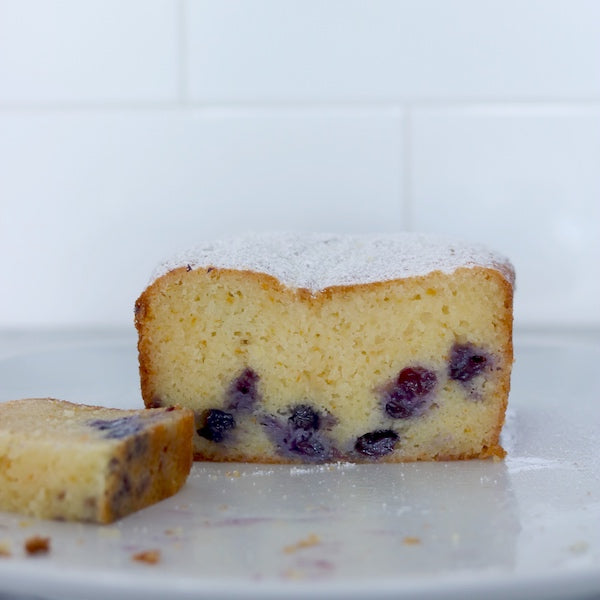
Sinking Fruit
Have you ever had fresh or dried fruit sink to the bottom of a cake or loaf? Don’t worry, it’s a common problem and generally happens when the cake batter isn’t heavy or thick enough...
read more
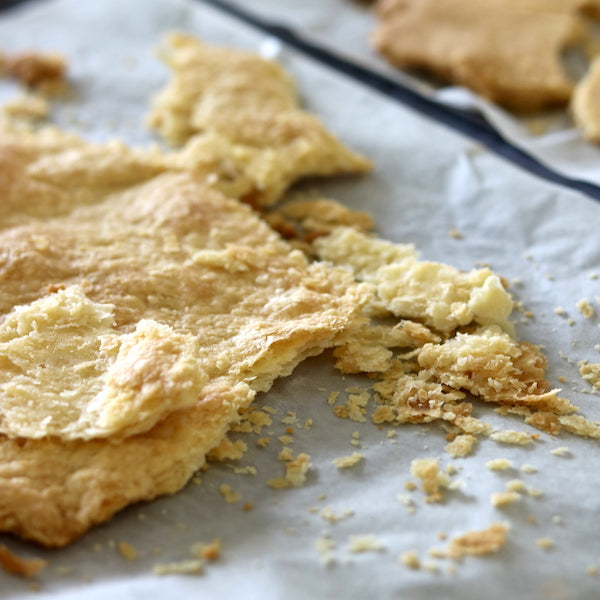
What is Flaky Pastry?
There are three main types of pastry: crumbly, flaky and laminated (or puff). The texture of each (which is indicated by their names) is mainly determined by two things – the consistency of the fat...
read more
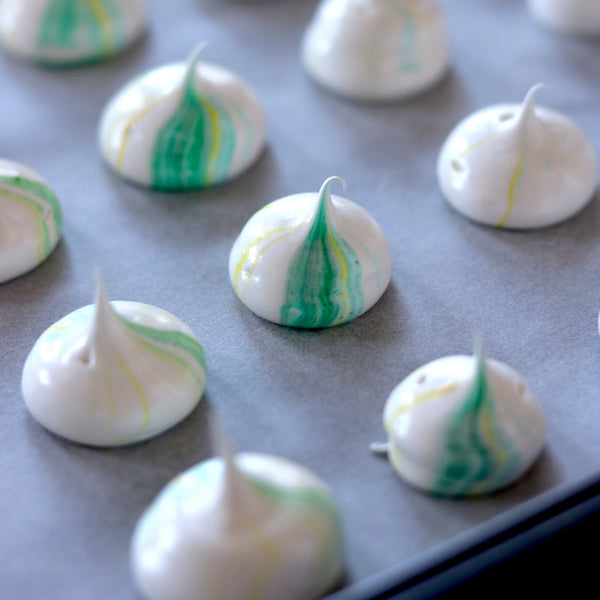
Colouring Meringues
When colouring meringues always use gel colours. Because gel colours have a lower moisture content than conventional liquid food colours, you can achieve the same colour intensity by using much less. This is particularly important...
read more
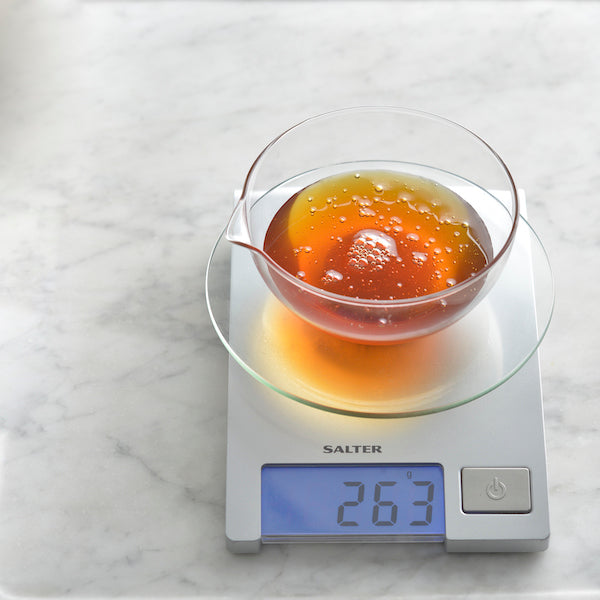
Measuring 'Thick' Liquids
Generally liquids are best measured in a measuring jug. One exception to this is 'thick' liquids such as honey and golden syrup which are more accurately measured by weighing – it is also easier to...
read more
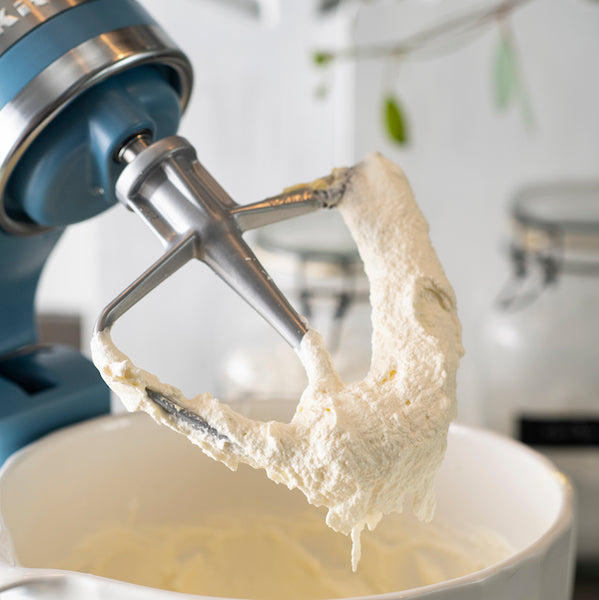
Saving Swiss Meringue Buttercream
Swiss meringue buttercream can be highly temperamental, and it’s not uncommon for it to go 'off track'. But, it can ALWAYS be saved! One of the common 'issues' when making Swiss meringue buttercream is that...
read more
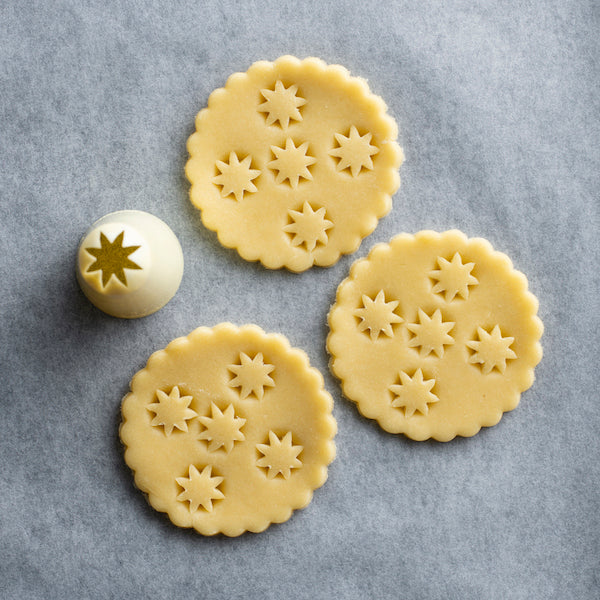
Festive Pastry Decoration
There are endless ways to decorate pastry tops for pies and this one, for fruit mince pies, is dead-easy, effective and festive! Simply press the end of a #11 (11mm) star piping tube into the...
read more

Tapping Your Bundt Tin
Bundt cakes benefit greatly from tapping the tin on the bench top a few times before baking. This will settle the cake batter into the tin (especially when they have intricate designs), removing any large...
read more
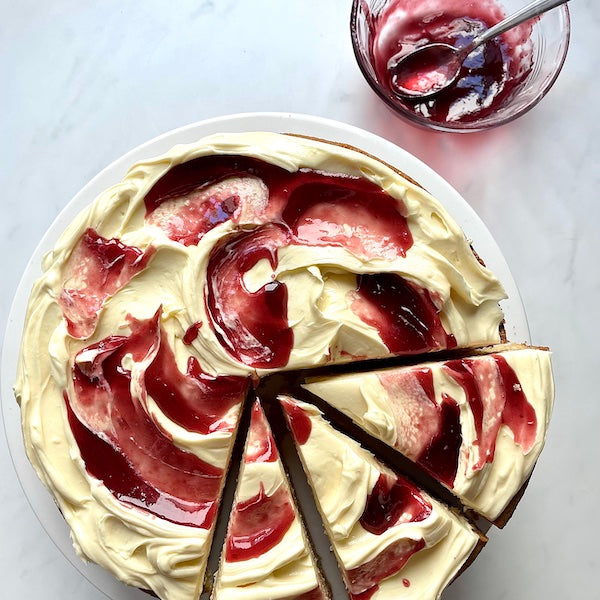
Jam Swirls
Jam swirls can make a very easy, effective, and of course yummy decoration that gives an almost 'painted' look for your cakes, cupcakes and pavlovas. First warm 1-2 tablespoons jam of your choice (here I...
read more

Drying Your Sourdough Starter
There are a number of good reasons why you would preserve your sourdough starter by drying it, including if you can’t (or don’t) want to use and/or feed it for a long period of time; you’d...
read more

Liquid on a Sourdough Starter
Have you ever noticed a grey-like liquid forming on the top of your sourdough starter but didn't know what it was or if your starter is still OK to use? This liquid (which also often...
read more

Peaking Cupcakes
Temperature has a big effect on how your cupcakes and cakes will rise during baking. When your oven temperature is too high for the type of batter you are using, your cupcakes or cake will...
read more
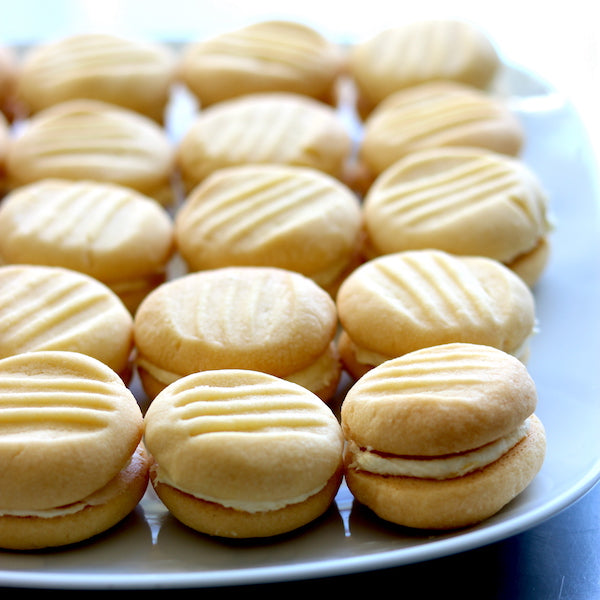
Evenly Sized Biscuits
When rolling biscuit dough into individual portions it is sometimes hard to get them all a similar size, especially if you have to team them up with a ‘partner’ when sandwiching them. There are two...
read more
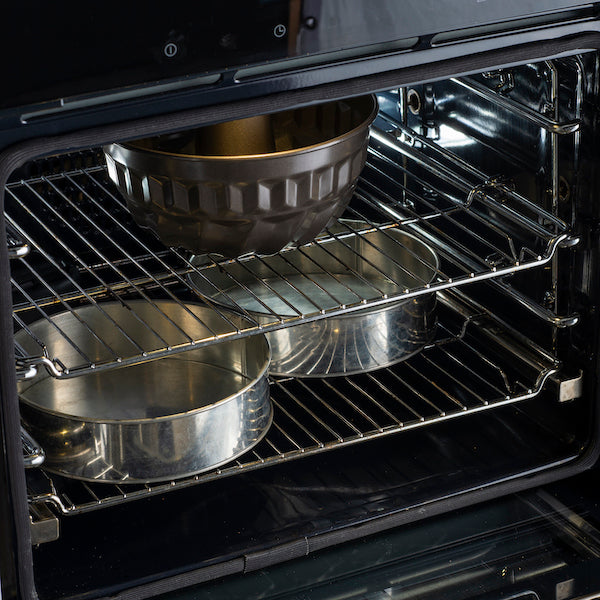
Dry Tins in the Oven
The best way to make sure your cake, muffin and tart tins are completely dry before putting them away is to put them back in the oven after washing in hot, soapy water and rinsing...
read more
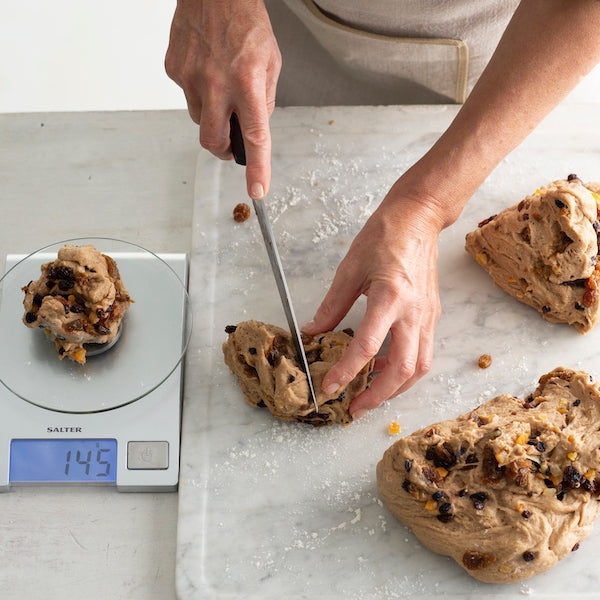
Evenly-sized Hot Cross Buns
When making hot cross buns, to help divide the dough evenly, use your scales to first measure the total weight of the dough and then calculate how much dough you need for each bun, weighing...
read more
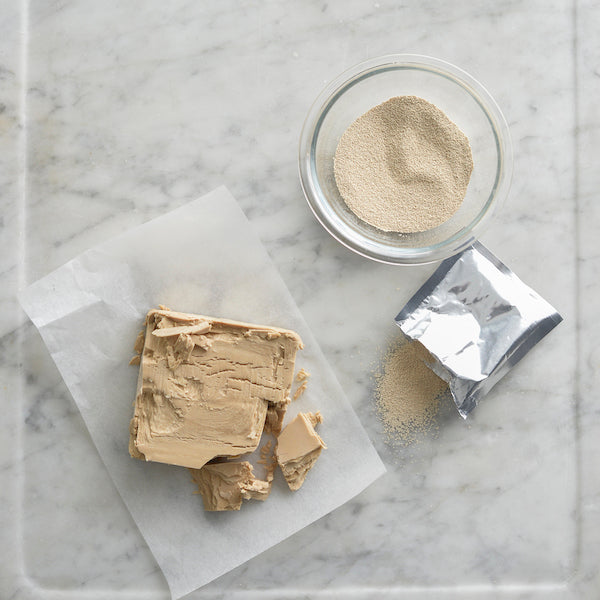
Instant Dried Yeast vs Fresh Yeast
There are two main types of commercially available yeast used for making yeasted breads – instant dried yeast and fresh or compressed yeast. Dried yeast is reliable and convenient while I believe that fresh yeast...
read more

Cool the Liquid Ingredients
Melt-and-mix cakes (those that are simply made by combining heated, melted ingredients with the dry ingredients) are one of the easiest types of cakes to bake, but there is one main thing that you need...
read more
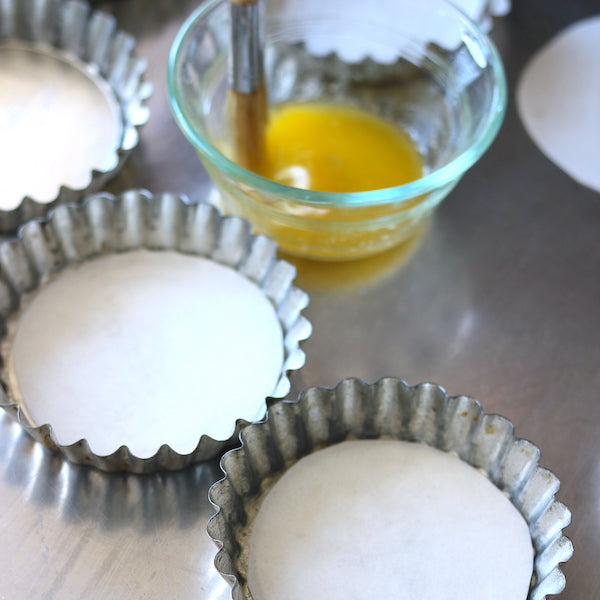
Using Confectionery Rice Paper
Christmas-time often has us creating gorgeous baked treats and confectionery, like panforte and nougat, as festive gifts. And when making them, confectionery rice paper, also known as edible wafer paper, can become your best friend when...
read more
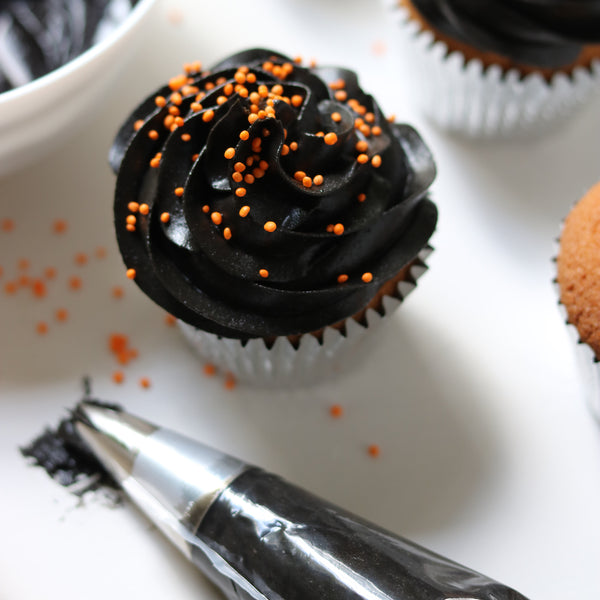
True Black Buttercream
Tinting buttercream so that it becomes a ‘true’ black colour can be a little difficult but here are a few tricks to make it not only achievable, but also easy
read more






